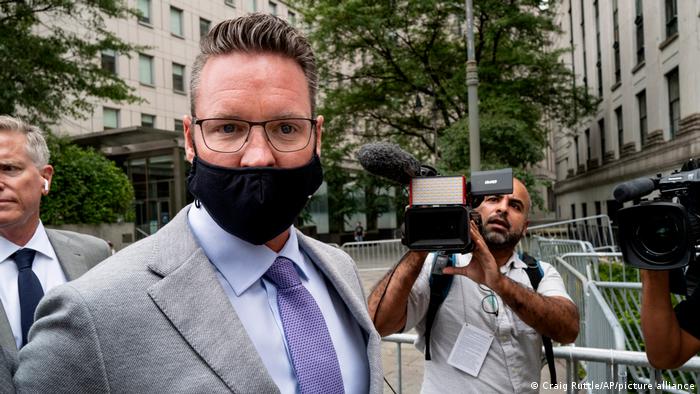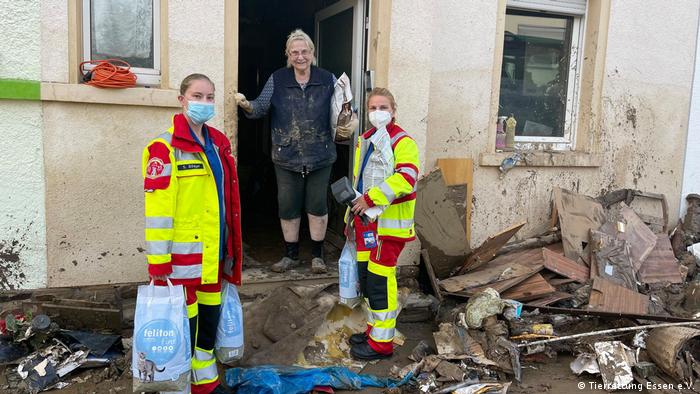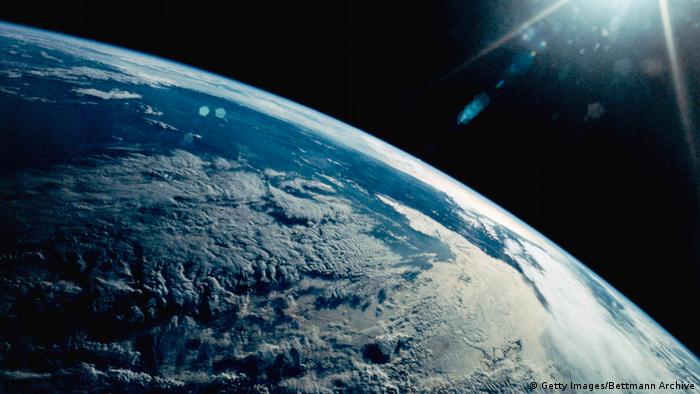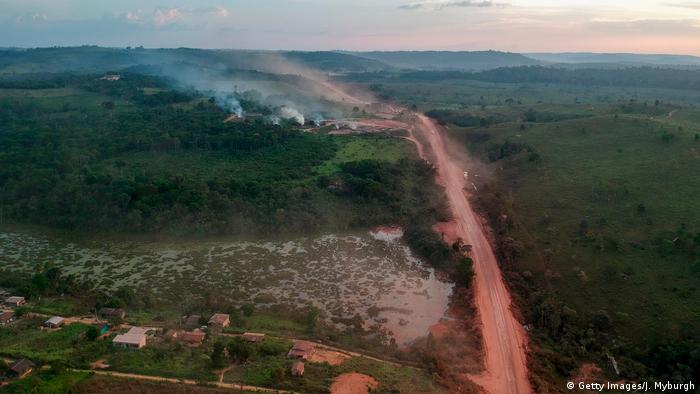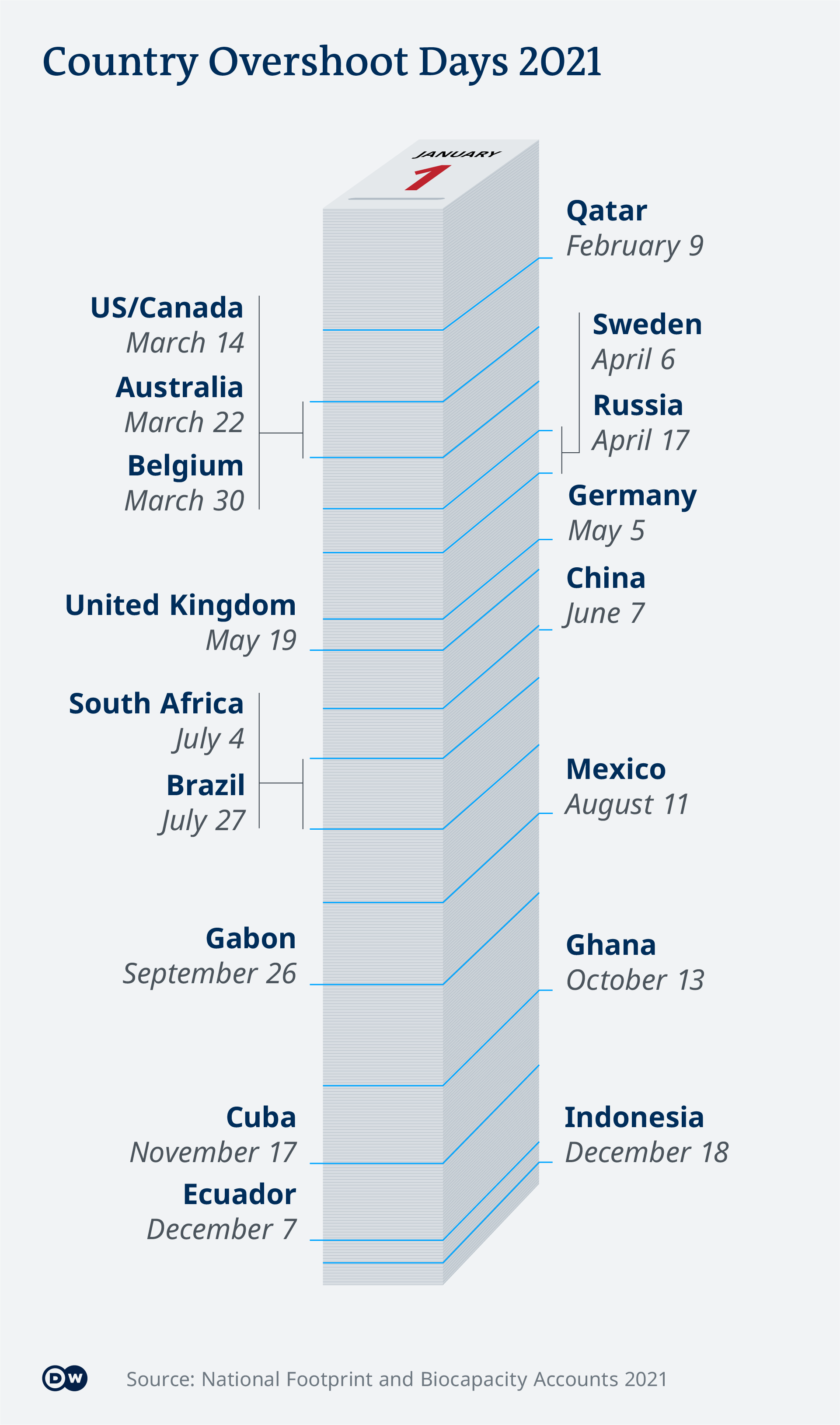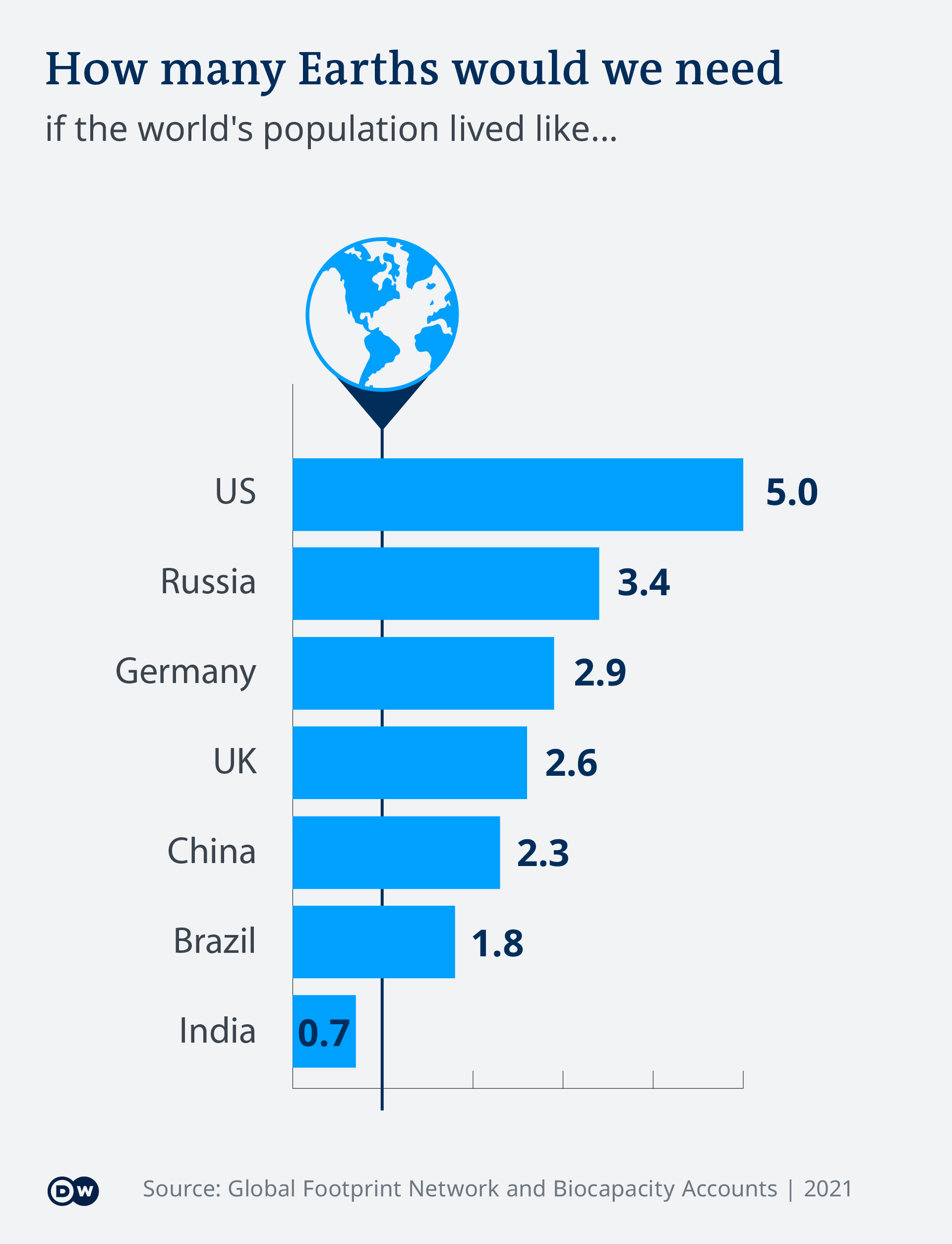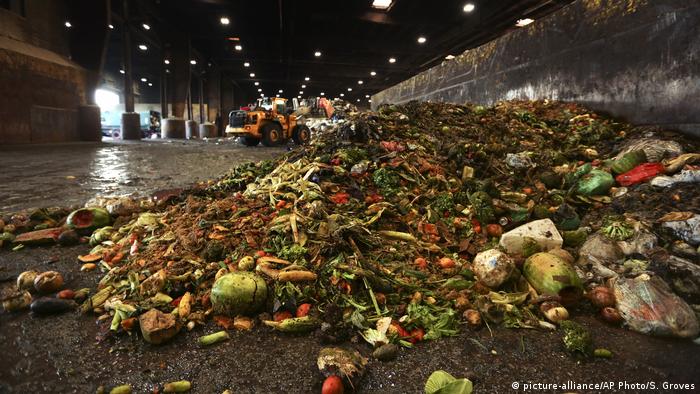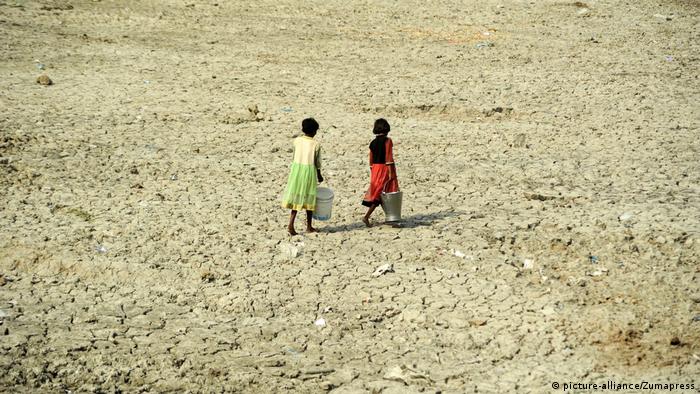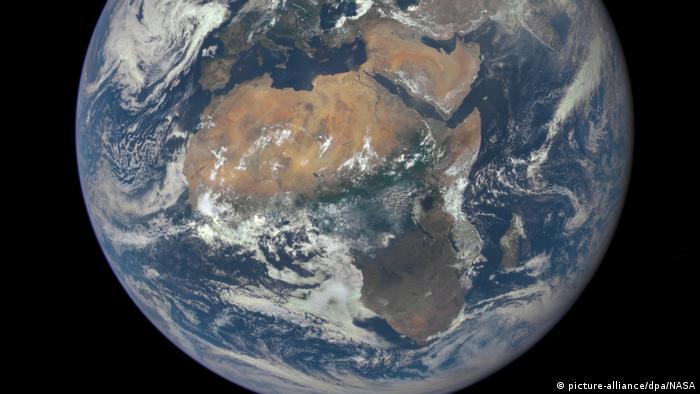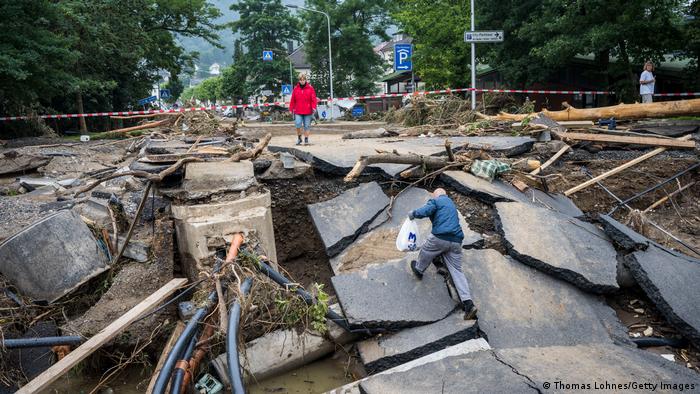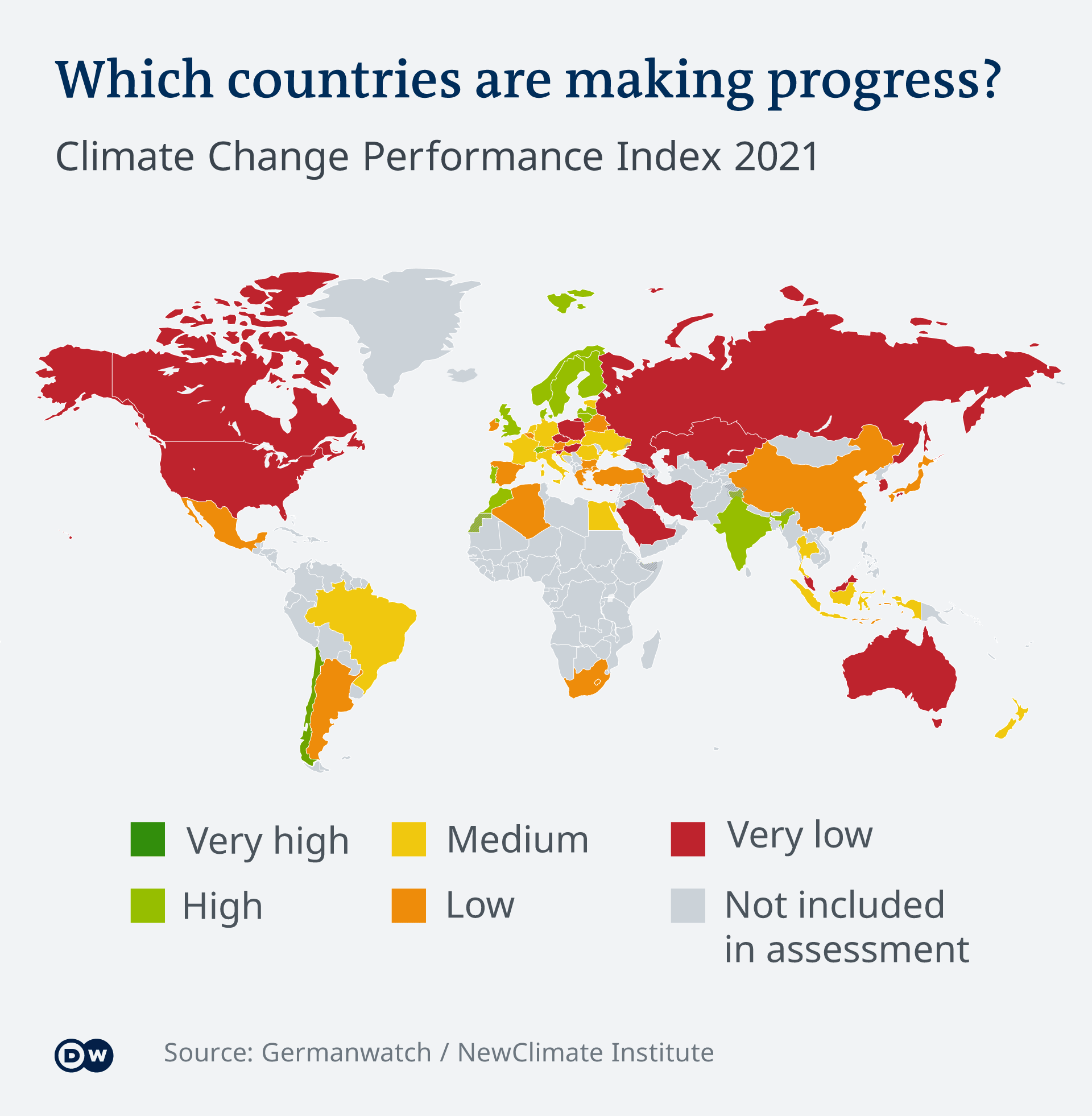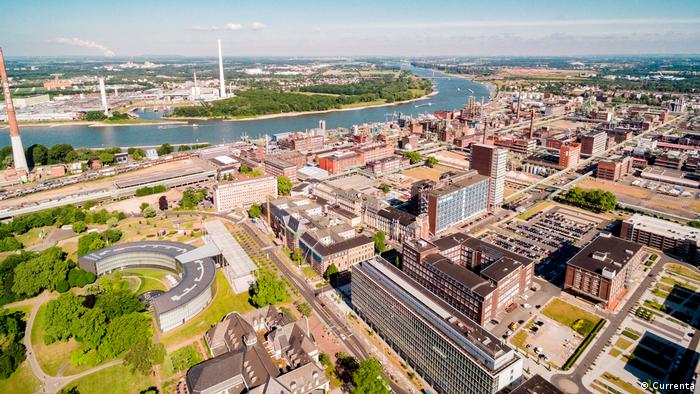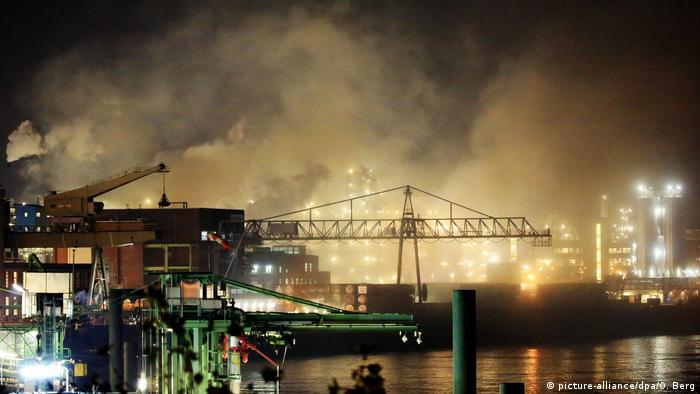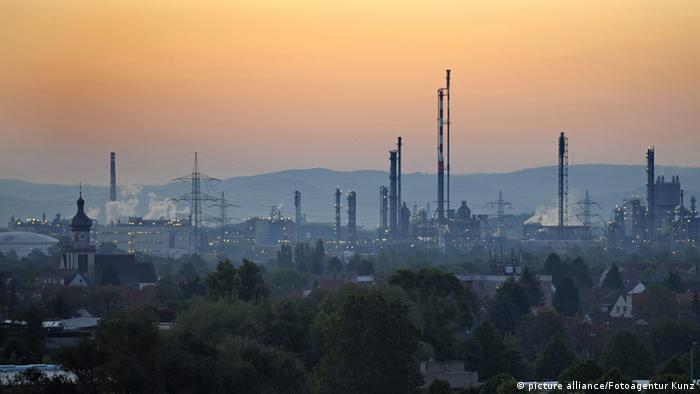
The thing Sara JK does every morning is to ensure that the 30 cats and 12 dogs living with her are well taken care of. Not only should they have enough food, they should also get sufficient time, space and human company to exercise their bodies and play around.

Sarah has named one of the cats, a white Persian, as Wobbles. It was abandoned as a kitten due to a neurological disorder that has unsteadied its walk. It trembles, and often trips, as it moves along. It also needs to be cleaned by a helper every time it relieves itself.

Sarah got her first pet, a German Shepherd, when she was very young and was heartbroken when it was stolen. “I then decided that I would not keep a dog that can be taken from me,” she says. So, since the age of eight, she has been adopting dogs from the streets.

Now 35, she quit her advertising job a few years ago to devote herself to her animal shelter. Between 5:30 pm and early morning, she looks after it all alone, though she has a small staff to help her during the day. She often skips family dinners and weddings to stay with the animals.
Sarah also spends a lot of money from her own pocket on the shelter. At times, her expenses exceed 100,000 rupees a month. “I then approach people for donations.”

An even bigger challenge is to deal with people who despise animals. “One of my neighbours once complained to the Cantonment Board Clifton (CBC) that I keep stray animals at home. The next thing I knew was that CBC officials were at my door with guns. They wanted to kill my dogs.”
She told them off, insisting that they did not have the right to enter her house.

Hafsa Arshad is the general secretary of Innocent Pets Shelter Welfare Society. A medical student, she spends her free time at a shelter the organisation runs in Saharanpur Cooperative Housing Society near Karachi’s Malir Cantt area.

Set up in 2017, the shelter is small – only 150 square yards – but it is brimful of cats, meowing in cages that reach up to the ceiling. Water is sprinkled on them every now and then to protect them from the summer heat. The dogs living here peacefully sleep in the open. An injured purebred lies at the entrance with a puppy cuddled next to it. “These animals are either wounded or abandoned,” says Hafsa.

The main problem the shelter faces is a shortage of money. Its staff often gets its salaries late and recently it cut another expense as well. “We had engaged a van on a monthly rent of 20,000 to rescue animals but we could not afford its rent,” says Hafsa. The transport is now arranged only as and when needed.

Ayesha Chundrigar was working as a journalist in London before she came back to Pakistan to fulfill her childhood dream of helping homeless animals. Using her savings and donations from family and friends, she set up a foundation and initially rented a property from Edhi Foundation on the northwestern outskirts of Karachi to build an animal shelter.
Since then, the shelter has switched locations four times, mainly due to the hostility of people living close by. “They pulled guns at our vets, locked our gates from outside and threw in poisoned meat to kill our dogs,” says Ayesha.

In 2016, the shelter shifted to its current premises — a 4,500 square yards facility in Malir. It houses 500 animals, including dogs, cats, donkeys and eagles. Many of them have missing limbs; others are badly injured.

Run entirely on donations, the shelter has 40 employees and two rescue vans. “We do not focus on saving animals alone. We want to help the environment too,” Ayesha says as she reveals that dog leashes in the shelter are produced with discarded fishing nets retrieved from the sea.
The toughest part of her work, according to Ayesha, is to see animals die. She describes how someone threw acid at two cats recently. One of them died instantly but the other writhed and wriggled with pain for three days before it was euthanised, she says. “The cat’s skin and insides were melting like ice cream.”
The writer is a staffer at the Herald.
This article was published in the Herald's June 2019 issue. To read more subscribe to the Herald in print.



